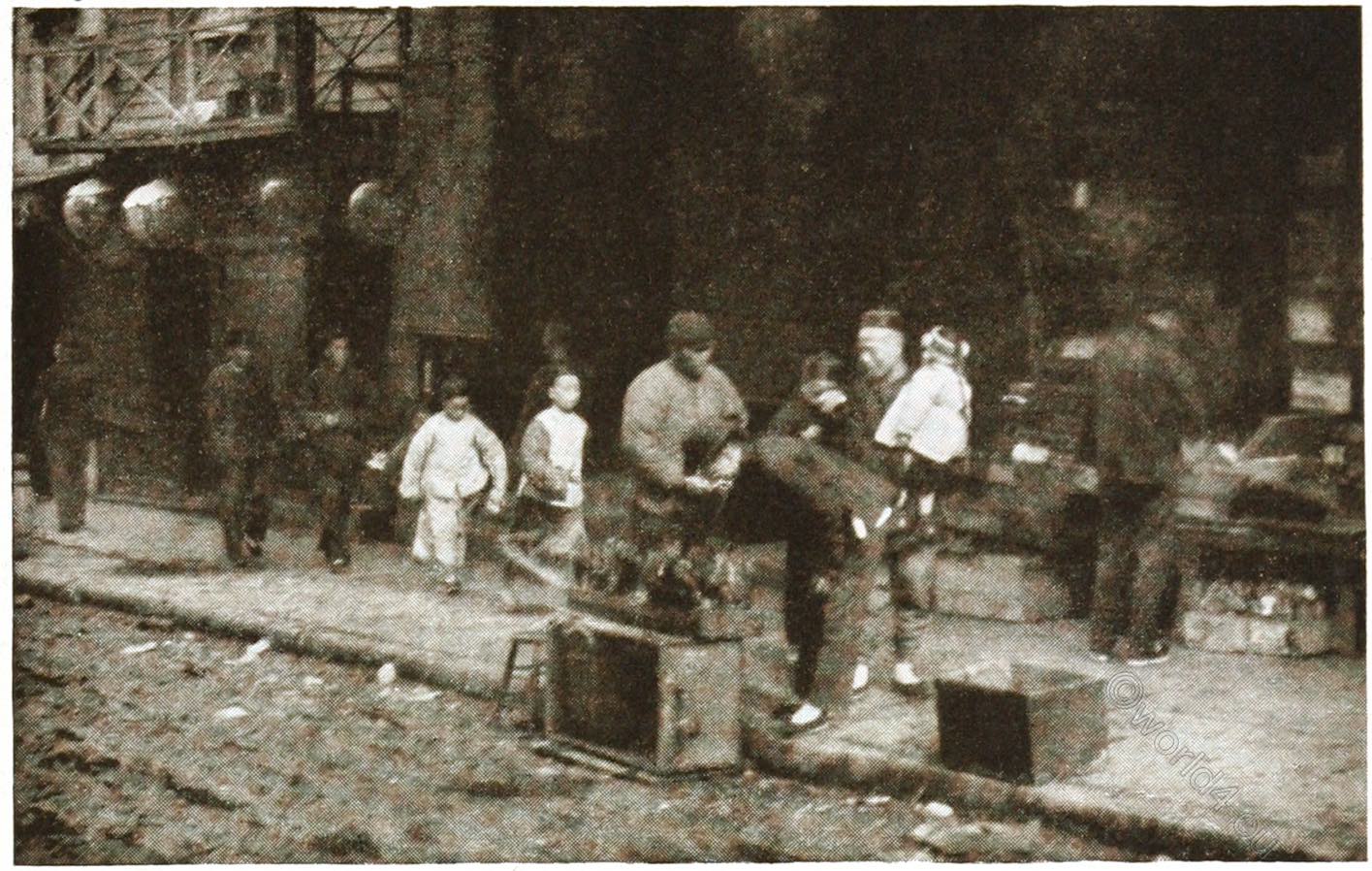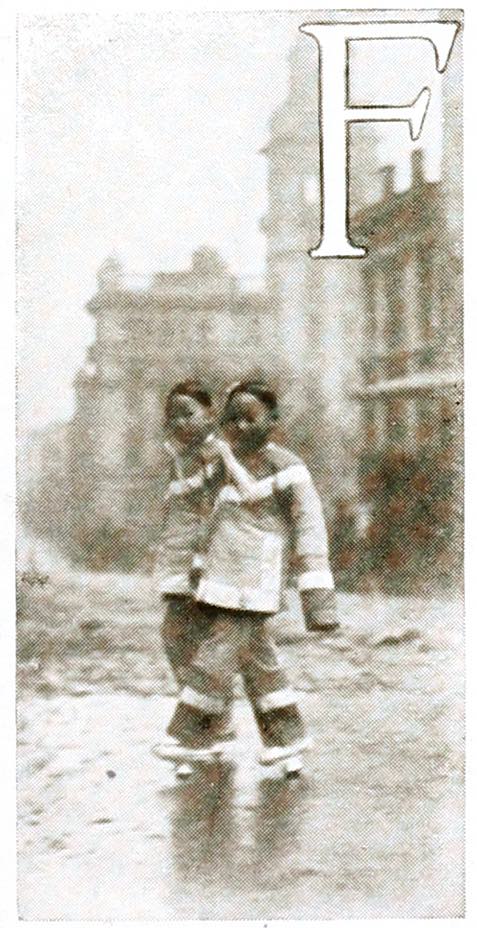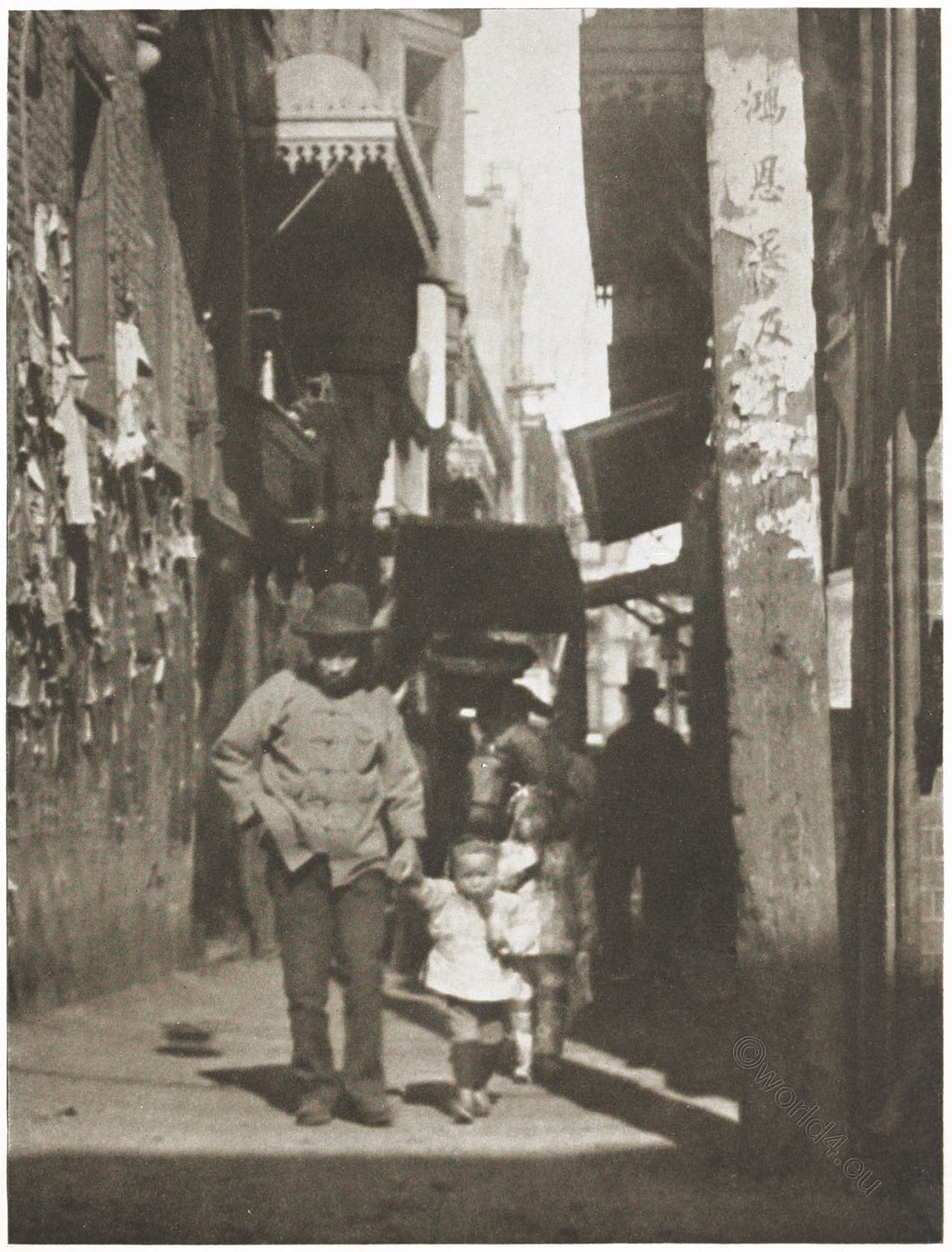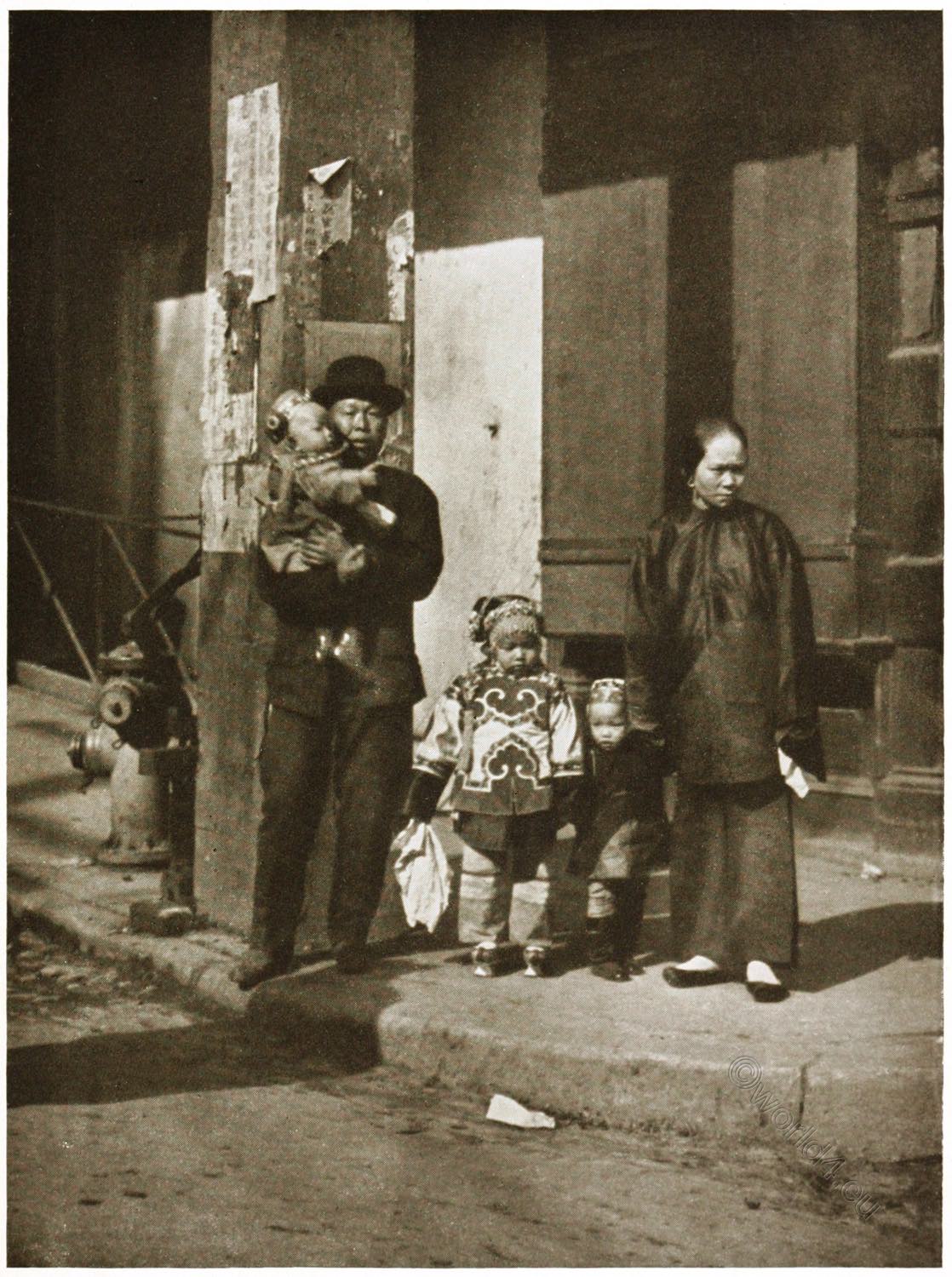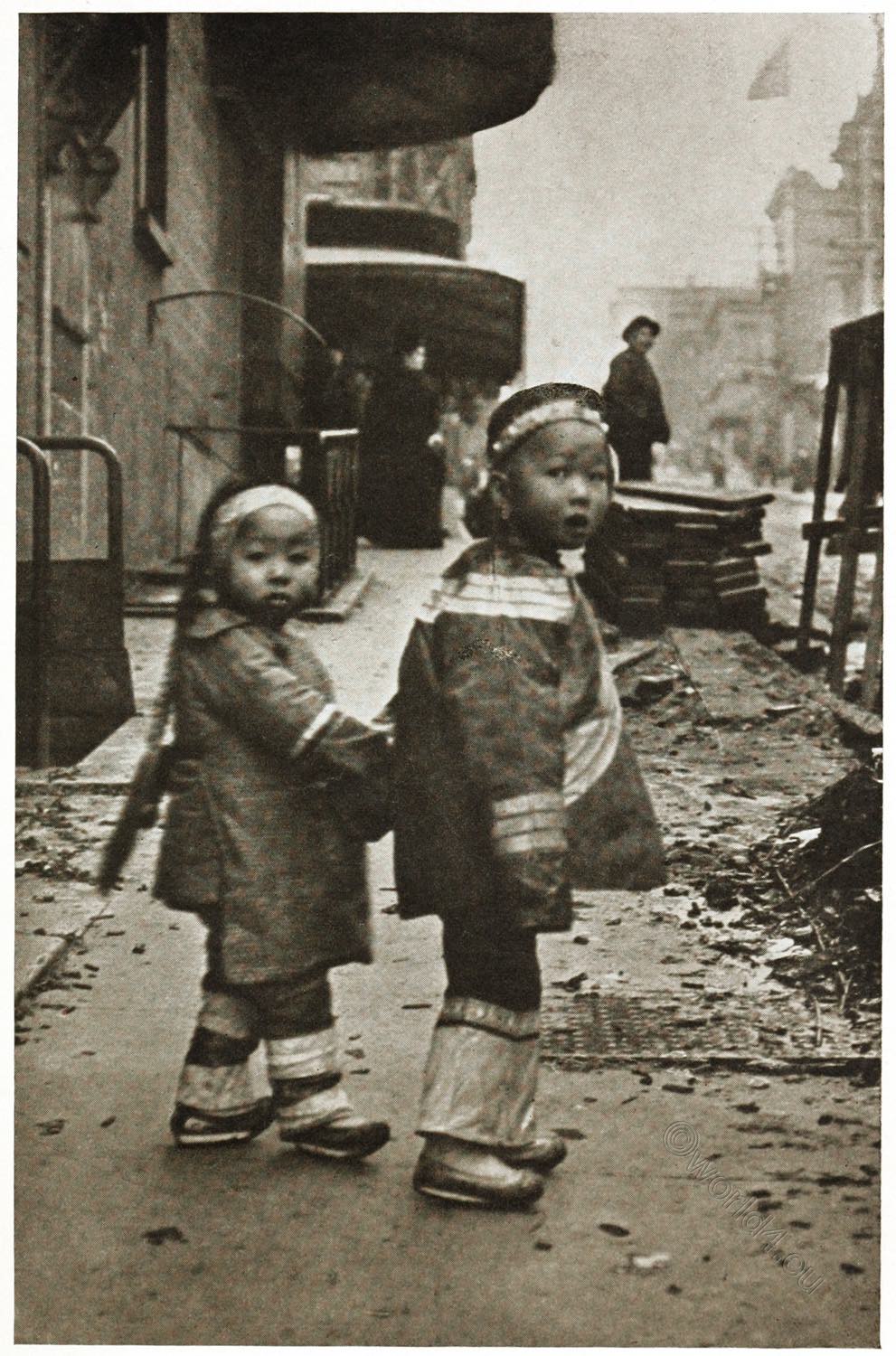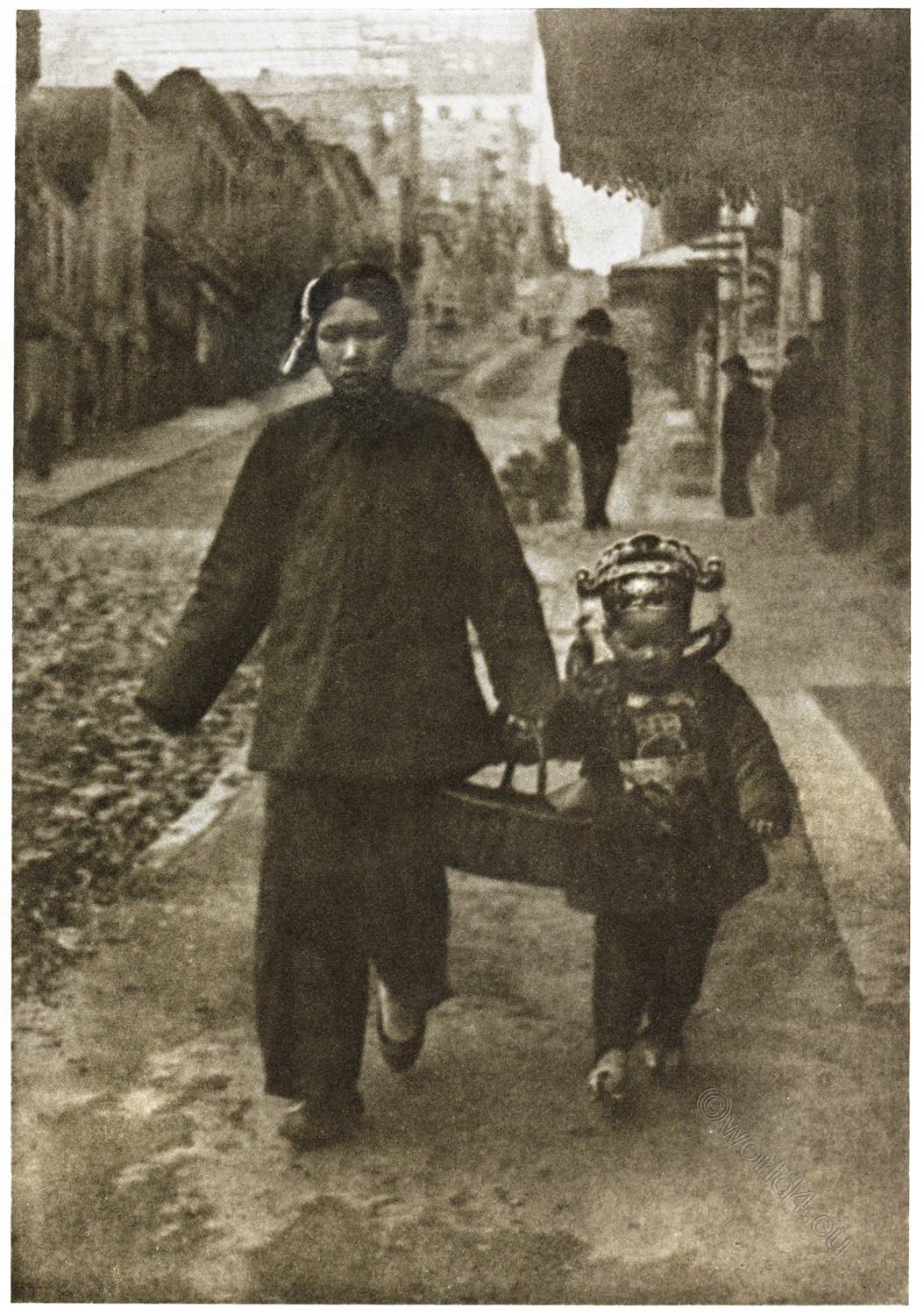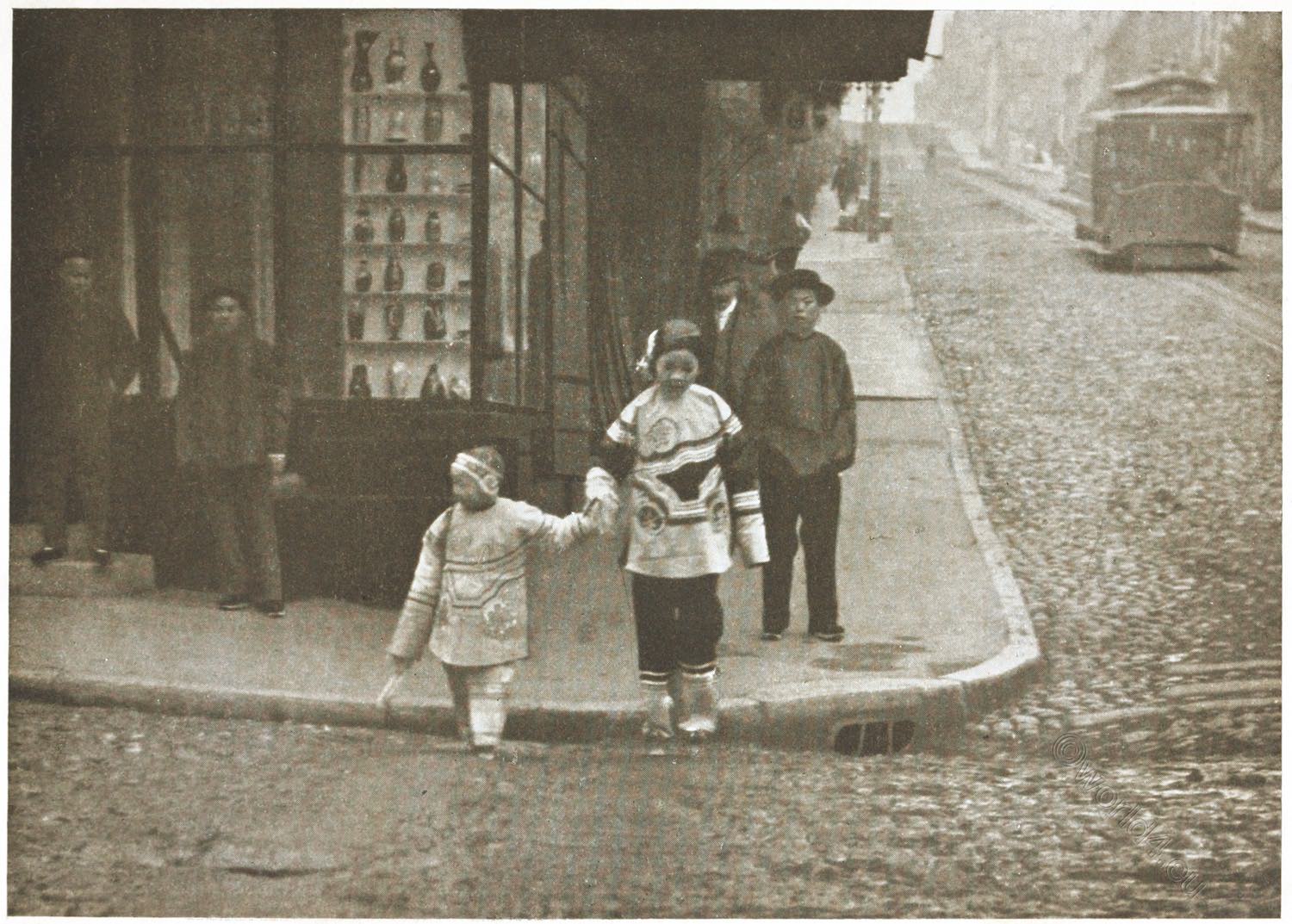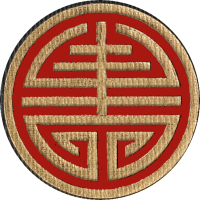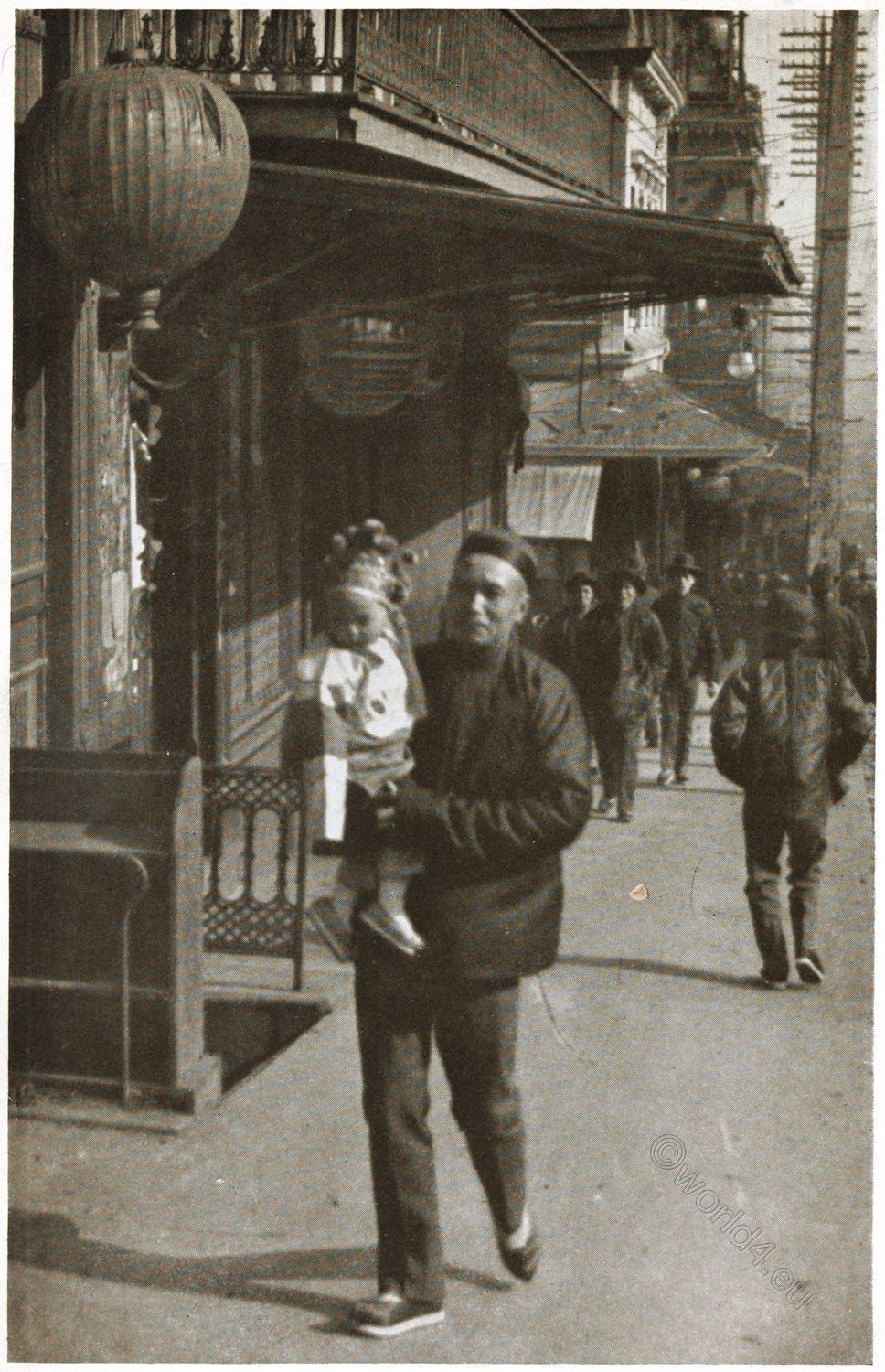
OLD CHINATOWN
A BOOK OF PICTURES BY ARNOLD GENTHE
WITH TEXT BY WILL IRWIN
NEW YORK
MITCHELL KENNERLEY
MCMXIII
COPYRIGHT, 1908 BY ARNOLD GENTHE
COPYRIGHT, 1912 BY MITCHELL KENNERLEY
A FEW OF THE PICTURES IN THIS BOOK MAY BE RECOGNISED AS HAVING MADE THEIR FIRST APPEARANCE IN AN EARLIER VOLUME PUBLISHED IN 1908
THE FLIMPTON PRESS
[W · D · O]
NORWOOD · MASS · U·S·A
FOREWORD
MY DEAR DR. GENTHE:- Long before I knew who you were, I used to mark you in the shadows and recesses of Chinatown, your little camera half-hidden under your coat, your considering eye and crafty hand of the artist alert to take your shy and superstitious models unawares.
Later, it was my privilege to follow you sometimes – to watch you playing your Germanic patience against their Chinese patience, to marvel at you, in dark room and studio, working with those mysterious processes by which you – more than any other man alive – have made art out of the play-time snap-shot. Now, after the great disaster, all that you have saved of your work of a decade is this same picture record of old Chinatown at which you worked so lovingly.
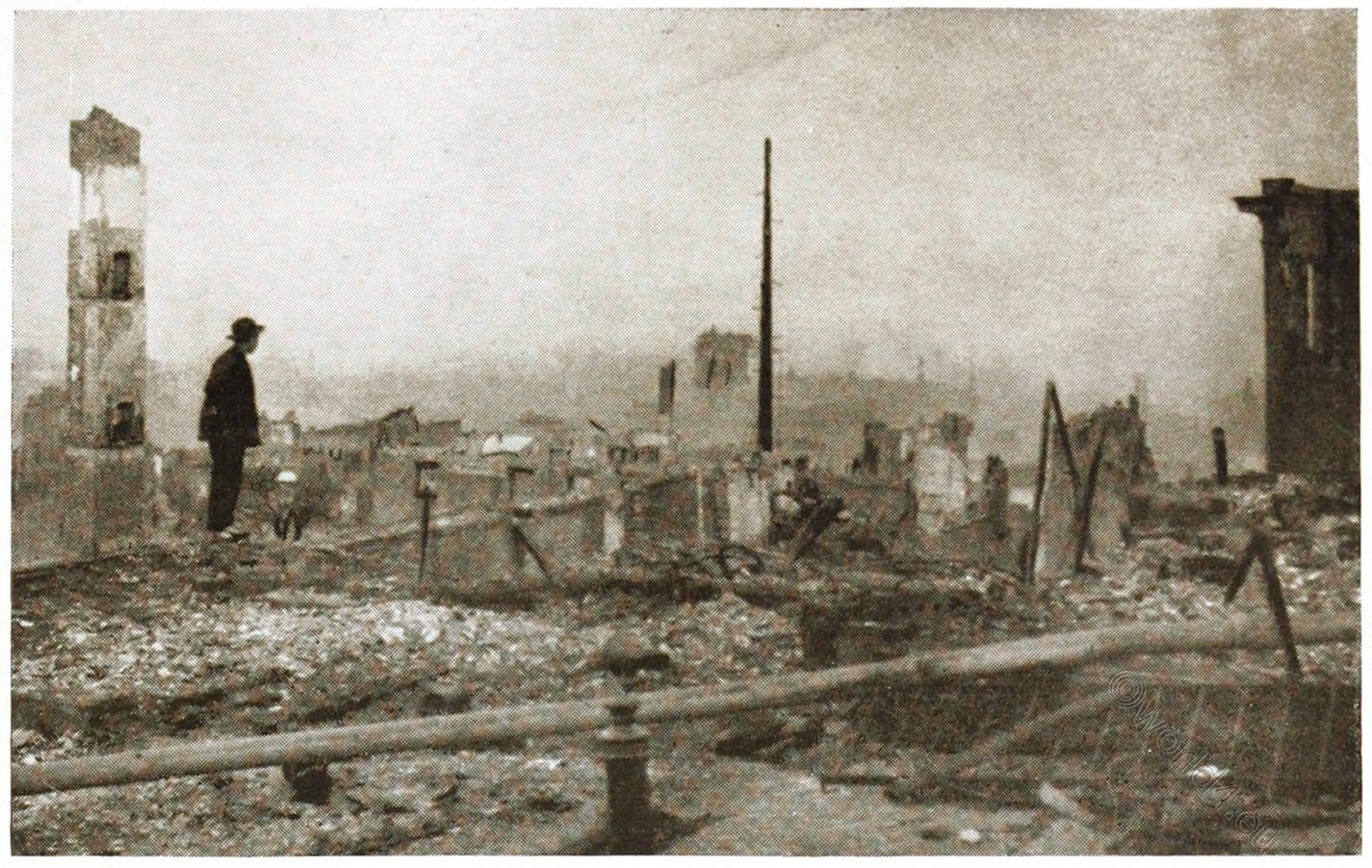
In the summer of steel and steam drills and heroic enthusiasm – the summer of rebuilding – you and I passed through the new, clean Chinatown. It was a clear, sea-scented night, I remember, and very late. We stopped beneath the ruins of Old St. Mary’s. The new-rising city, like the old one in dim, suggestive contour – as an adult face is like its childish counterpart – stretched out at our feet. Where the vivid carouse and romance of Dupont and Kearny Streets had been, a black hollow, mysterious, awful, as though the Pit had taken Hell’s Half Acre back to itself; beyond, a wall of steel skeletons and gaunt, windowless towers. The scattered lights, placed where never lights would be in finished and inhabited structures, gave a dreadful air of strangeness and desolation to this city vista. I stood as one who sees spirits. And you spoke:
“Rubber boots and kettles, overalls and blankets in the shop windows – and we have still to call it Chinatown!” You had been looking backward, I perceived, as I had been looking forward. So, with the skeleton of St. Mary’s roof creaking above us in the night wind, we talked about that little city of our love, Chinatown. “No, it’s gone,” said I; “and beauty, or at least such beauty as they know, cannot live in Class A buildings.” You, like a true partizan, fell to defending as soon as you found me agreeing with your criticisms. “They won’t remain Class A for long,” you said. “The Chinese will make them over somehow. They can no more live in inappropriate ugliness than we in dirt.” Yet we both sighed for the Chinatown which we knew, and which is not any more except in the shadowing of your films.
You, the only man who ever had the patience to photograph the Chinese, you, who found art in the snap-shot – you had been making yourself unconsciously, all that time, the sole recorder of old Chinatown.
I but write as a frame for your pictures; I am illustrating you. If, in these writings, I use the past tense, I do not mean to imply that our Californian Chinese have changed their natures or their manners. Much of what I describe here has survived, and much more will prevail. It is just that your lenses and plates record only the past; and, I, embroidering your work, have tried to keep in tone.
- WILL IRWIN.
CHAPTER ONE
ROM the moment when you crossed the golden, dimpling bay, whose moods ran the gamut of beauty, from the moment when you sailed between those brown-and- green headlands which guarded the Gate to San Francisco, you heard always of Chinatown. It was the first thing which the guides offered to show. When- ever, in any channel of the Seven Seas, two world-wanderers met and talked about the City of Many Adventures, Chinatown ran like a thread through their reminiscences.
Francisco which fell to dust and cinders in the great disaster of 1906. From the cliffs which crowned the city, one could mark it off as a somber spot, shot with contrasting patches of green and gold, in the panorama below. Its inhabitants, overflowing into the American quarters, made bright and quaint the city streets. Its exemplars of art in common things, always before the unillumined American, worked to make San Francisco the city of artists that she was.
Raised on a hillside, it glimpsed at you from every corner of that older, more picturesque San Francisco which fell to dust and cinders in the great disaster of 1906. From the cliffs which crowned the city, one could mark it off as a somber spot, shot with contrasting patches of green and gold, in the panorama below.
Its inhabitants, overflowing into the American quarters, made bright and quaint the city streets. Its exemplars of art in common things, always before the unillumined American, worked to make San Francisco the city of artists that she was. For him who came but to look and to enjoy, this was the real heart of San Francisco, this bit of the mystic, suggestive East, so modified by the West that it was neither Oriental nor yet Occidental – but just Chinatown.
It is gone now — this Old Chinatown — but in a newer and stronger San Francisco rises a newer, cleaner, more healthful Chinatown. Better for the city – O yes – and better for the Chinese, who must come to modern ways of life and health, if they are to survive among us. But where is St. Louis Alley, that tangle of sheds, doorways, irregular arcades and flaming signs which fell into the composition of such a marvellous picture? Where is the dim reach of Ross Alley, that romantically mysterious cleft in the city’s walls? Where is Fish Alley, that horror to the nose, that perfume to the eye? Where are those broken, dingy streets, in which the Chinese made art of rubbish?
I hope that some one will arise, before this generation is passed, to record that conquest of affection by which the California Chinese transformed themselves from our race-adversaries to our dear, subject people. Theirs will be all the glory of that tale, ours all the shame. In the dawn of the mining rush, the little, trading Cantonese began to appear in California.
The American, the Celt, the Frenchman came for gold – gold washed out of the hills – uncounted millions. Gold brought the Chinaman also; but his ideas were modest. The prospect of two, four, five dollars a day was enough for him, who had made only ten cents a day at home. He asked simply to do menial work at a menial’s wage. Beside our white pioneers, he took his part in the glorious episode of the Pacific con- quest. He, with them, starved on the desert, died on the trails, faced Indian bullets and arrows. Wherever the report of gold called into being a new camp, he struggled in behind the whites, built his laundry, his cook-house or his gold rocker, girded up his pig-tail, and went to work. In his own spirit of quiet heroism, he shared all the hard- ships of our giant men – shared in everything they held except their dissipations and their reward of glory. For glory, he had to wait half a century.
That curious, black episode of early Western civilisation, the Chinese persecution, followed hard upon their first arrival. Why this thing began, what quality in the Chinese nature irritated our pioneers beyond all justice and sense of decency, remains a little dim and uncomprehended to this generation. They were an honest people – honest beyond our strictest ideas. They attended to their own business and did not interfere with ours. Their immoralities, their peculiar and violent methods of adjusting social differences, affected only them- selves. Not for thirty years was there reason for believing them a danger to American workingmen. But the fact remains. Our pioneers cast them forth disgraced, beat them, lynched them.
Professional agitators made them a stock in trade. By the power of reiteration, this honest people came to figure in the public mind as a race of thieves, this cleanly people – inventors of the daily bath – as “dirty” and “diseased,” this heroic people, possessed of a passive fortitude beside which our stoicism is cowardice, as poltroons. With a dignity all their own, they suffered and went about their business, though death lay at the end.
The day came when the Chinese themselves nearly justified the professional labor agitator. The romantic, unsettled period of the gold rush passed into history; the age of bonanza farming followed; the state buckled down to stable industry. But two and three and five dollars a day was still alure to the Canton man. Their number increased with every Pacific steamer. Even yet they were no real menace to American labor – the state at any time might have swallowed up fifty thousand more without harming a single white workingman – but that menace lifted itself in the immediate future. Ripples from the black Dennis Kearney outrages, the shameful Montana massacres, reached Washington. Congress passed the Exclusion Law. When that happened, there vanished the last logical objection to the Californian Chinese.
A gradual change passed over the spirit of California. We were a long time learning that human souls, different but equal, souls softened by forty centuries of highly moral civilisation, lay under those yellow skins, under those bizarre customs and beliefs. The Chinaman, being a gentleman, gives himself forth but charily. I think that we first glimpsed the real man through our gradual understanding of his honesty. American merchants learned that none need ever ask a note of a China- man in any commercial transaction. His word is his bond. Precedent, as well as race characteristic, makes it so.
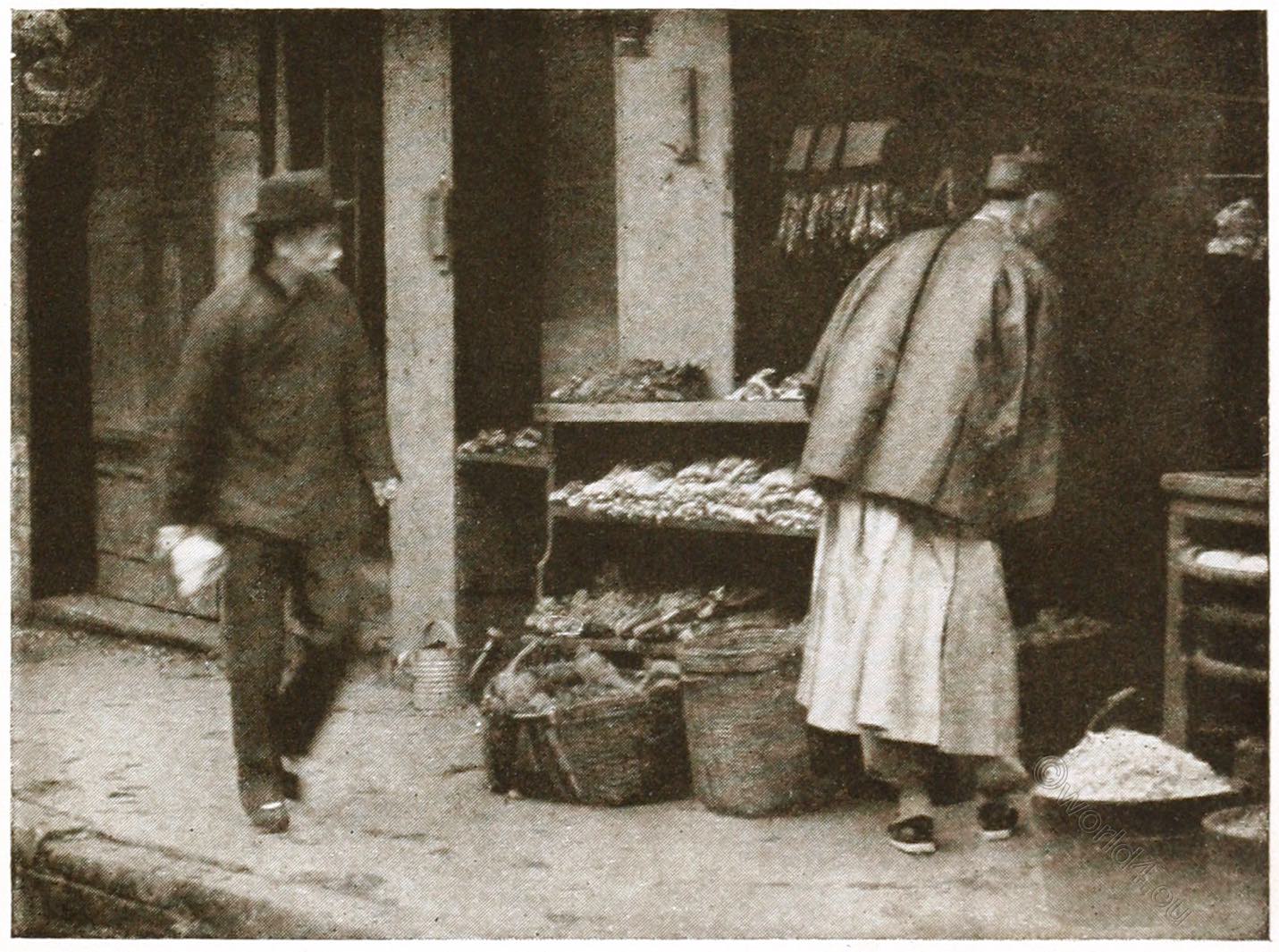
Prochain chapitre
下一章如下
Segue-se o próximo capítulo
Sigue el siguiente capítulo
Next chapter follows
Nächstes Kapitel folgt


